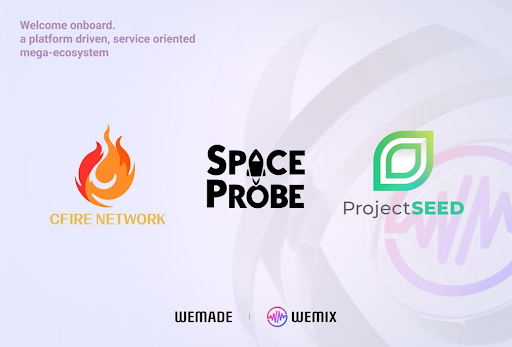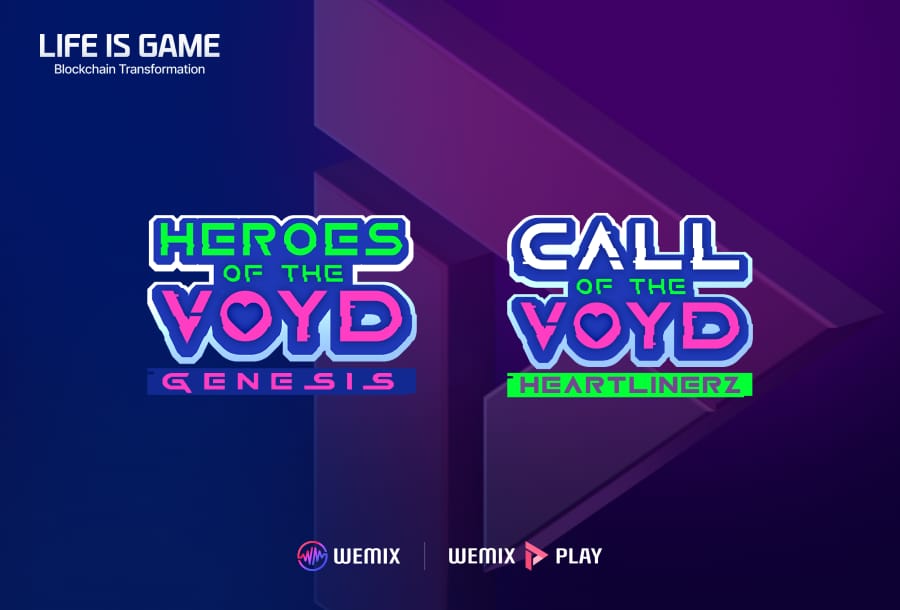Yesterday, Cardano’s new stablecoin, USDM, was launched, although it is not yet tradable on the crypto markets.
#CardanoCommunity,$USDM IS HERE!
policyID – c48cbb3d5e57ed56e276bc45f99ab39abe94e6cd7ac39fb402da47ad
assetName – 0014df105553444d pic.twitter.com/gnkh4NikDS
— $USDM on Cardano (@MehenOfficial) March 17, 2024
It should not be confused with the USD mars (USDm) token, which has been present in the crypto markets since the end of 2021, and is a stablecoin on BSC that had previously lost its peg to the dollar shortly after its launch on the markets.
There is also another token called USDM related to the Mountain Protocol USD stablecoin that has nothing to do with USDM on Cardano.
USDM is a new token on Cardano created by Mehen.
Cardano: the ADA crypto network launches the new stablecoin USDM
USDM, which is Mehen’s stablecoin anchored to the US dollar, is collateralized in USD held in a bank based in the United States. Its token is compliant with Cardano’s standard native token formats.
The stablecoin can be freely used within the Cardano blockchain, but in order to mint or redeem USDM tokens from Mehen, users must be in eligible jurisdictions and pass identity verification (KYC) and anti-money laundering (AML) standards.
Indeed, Mehen declares to operate within a solid regulatory framework, in order to guarantee the rights of token holders.
Currently, however, it is not yet usable on the crypto markets, nor minted or redeemable on the official Mehen website. The smart contract has simply been created.
The stated goal of the USDM project is to revolutionize decentralized finance on Cardano, and to enable practically instant on-chain payments.
Cardano and DeFi
In the DeFi sector, the Cardano blockchain is actually still very little used.
Although its native cryptocurrency, ADA, has been on the crypto markets for almost seven years, Cardano is only in 16th place for TVL in the DeFi sector, surpassed even by much newer blockchains like Base (born last year) and by still little-known blockchains like PulseChain, Sui, and Manta.
Despite this, TVL on Cardano is currently at its highest, according to Defillama’s data.
The fact is that Cardano was practically excluded from the first DeFi boom, between 2020 and 2021, and fully entered the blockchain scene with significant DeFi dApps only in 2022.
Moreover, after the first peak above $300 million TVL in March 2022, there was a real collapse down to below $50 million in January of last year.
Surely the absence of its own stablecoin has weighed heavily, but also the fact that the development of DeFi dApps on Cardano has been much slower compared to other chains like BSC or Ethereum’s layer-2.
With the start of the crypto bull run at the end of 2023, Cardano’s TV also recovered, recently surpassing 400 million dollars.
Will the price of the Cardano (ADA) crypto be driven by the launch of the new stablecoin?
This dynamic has also been reflected in the performance of its native cryptocurrency price, ADA.
At this moment, in fact, it is still a staggering 78% lower than the historical peak of September 2021, with the last major bear market ending only in mid-October.
From $3.10 touched in September 2021 the price dropped below $0.25 in October two years later, although it has since recovered a bit.
Indeed, the current price of $0.67 is almost triple the bottom of the bear market touched five months ago, even though ADA’s price performance in 2024 is not excellent.
It is only recording a +14% since the beginning of the year, with a +6.7% in the last thirty days.
For example, Ethereum is up +56% since the beginning of the year, and +29% in the last thirty days.
The current price of ADA is still lower than that of the previous 2022 before the implosion of the Terra/Luna crypto ecosystem, and this clearly shows that Cardano has not yet been able to absorb all the major losses from the last big bear market.
The controversies about Hydra
Regarding Cardano, recently a controversy has arisen regarding his scaling project called Hydra.
Hydra is the layer-2 of Cardano, but it was thought that the project had been abandoned. After all, Cardano projects often evolve slowly, so it’s not uncommon for their development to be forgotten by those who don’t follow it from the inside.
Instead, the famous co-founder of Cardano, Charles Hoskinson, denied these rumors, stating instead that it is just FUD, so much so that the team has never been so productive and motivated.
I’m seeing some videos claiming that Hydra has been abandoned. It is just pure FUD. The team has never been more productive and motivated, there is great community engagement and new papers on the way for enhancements to the protocol. If you are ever curious about the project go…
— Charles Hoskinson (@IOHK_Charles) March 16, 2024
Actually, on the official repository of the project on GitHub, there doesn’t seem to be any new discussion started in 2024, with the latest ones dating back to five months ago.
It is therefore legitimate to doubt whether the project is actually progressing, even though it is impossible to know for sure from abroad.
The hypothesis is that they are preferring another solution for scaling, namely Hyperledger Firefly.
We are going to get a cardano integration done with firefly to test it out and then see if SPOs like it. Long term, it can run all infrastructure as containers and allow for lightweight consensus. It’s a project we are working closely with Blockfrost on https://t.co/1r0X4uOmp5
— Charles Hoskinson (@IOHK_Charles) March 12, 2024







